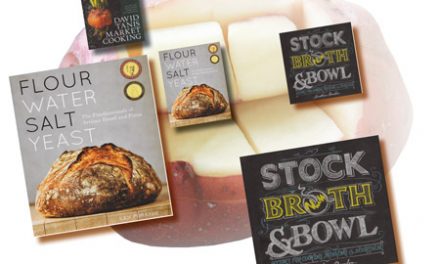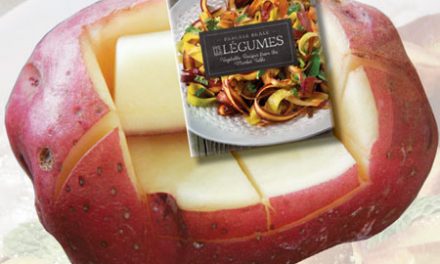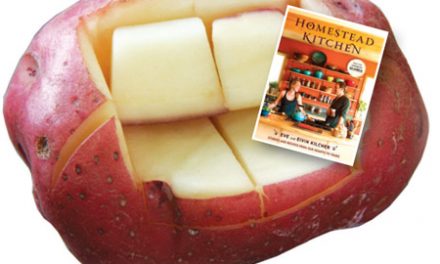By Karen J. Covey.
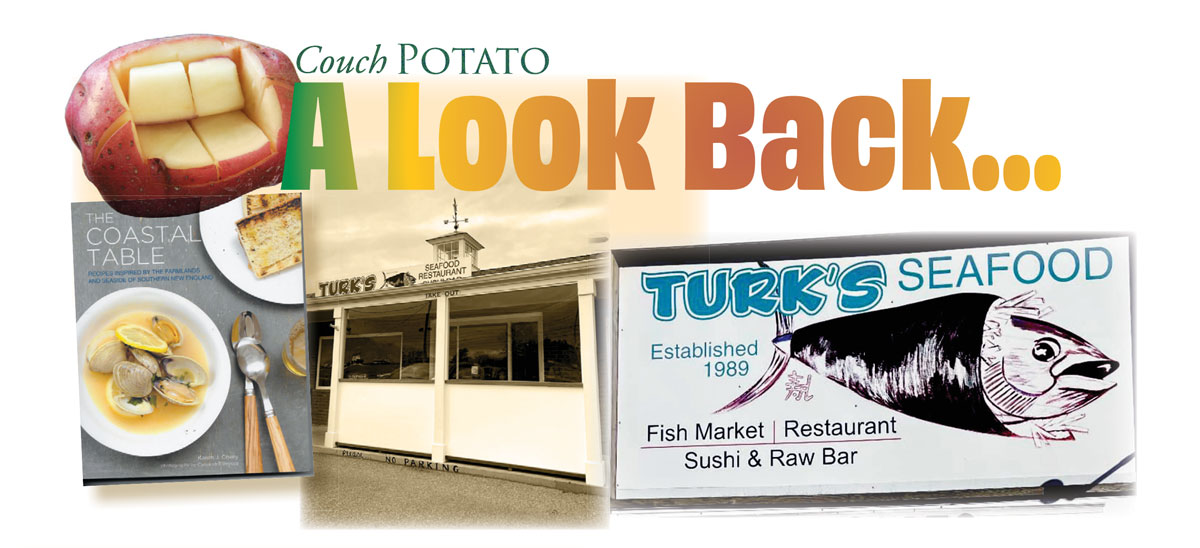
Ten years ago, I was lucky enough to write The Coastal Table: Recipes Inspired by the Farmlands and Seaside of Southern New England. It was a love letter to my newly-adopted home in Mattapoisett. After nearly a decade of living along the South Coast, I became more involved with the food scene through writing, recipe development, and teaching cooking classes. Learning more and more about its history and culture, and writing a cookbook was my way to celebrate everything I loved about the region.
The cookbook is of course filled with seasonally-inspired recipes, but it also profiles many of my favorite restaurants and businesses from the area. It also showcases recipes from top local chefs using local ingredients. Not only was my intent to inspire with great recipes, I wanted readers to explore the region through its food and discover some of the incredible people and places found here.
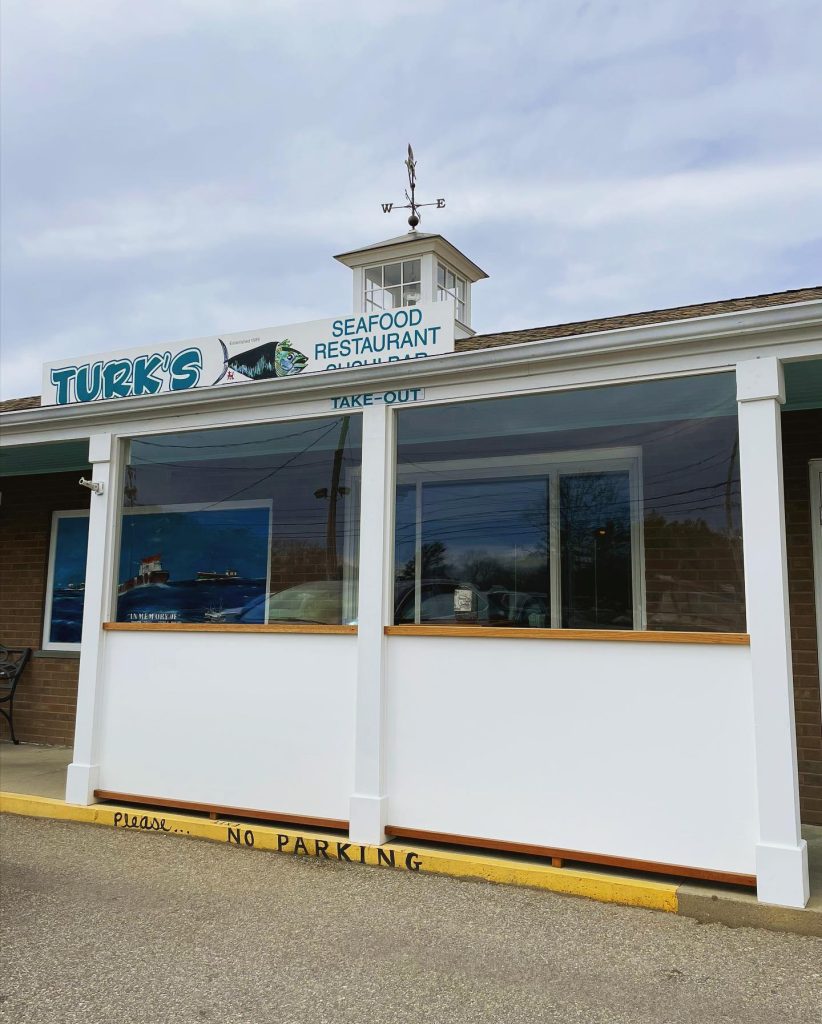 With one of the largest fishing ports in the United States, New Bedford is still the epicenter of the landscape here, with seafood prominently featured in many menus throughout the region. One of the standout restaurants is Turk’s Seafood, a Mattapoisett mainstay. Founded in 1983 by the late Richard “Turk” Pasquill, Turk’s is family-operated, serving up some of the best seafood you’ll find anywhere. With its “top of the trip” purchasing concept, owner Richard Pasquill Jr. buys products that are caught at the end of the fishing trip, ensuring the freshest seafood for his restaurant and fish market. That, and his loyal customer base, of course. Justifiably, people drive from all over the area to visit Turk’s. The quality is consistent, and that all starts with Richard. He’s spent years building and forging friendships within the industry, and it’s most definitely these relationships that are the foundation for the continued growth of his business.
With one of the largest fishing ports in the United States, New Bedford is still the epicenter of the landscape here, with seafood prominently featured in many menus throughout the region. One of the standout restaurants is Turk’s Seafood, a Mattapoisett mainstay. Founded in 1983 by the late Richard “Turk” Pasquill, Turk’s is family-operated, serving up some of the best seafood you’ll find anywhere. With its “top of the trip” purchasing concept, owner Richard Pasquill Jr. buys products that are caught at the end of the fishing trip, ensuring the freshest seafood for his restaurant and fish market. That, and his loyal customer base, of course. Justifiably, people drive from all over the area to visit Turk’s. The quality is consistent, and that all starts with Richard. He’s spent years building and forging friendships within the industry, and it’s most definitely these relationships that are the foundation for the continued growth of his business.
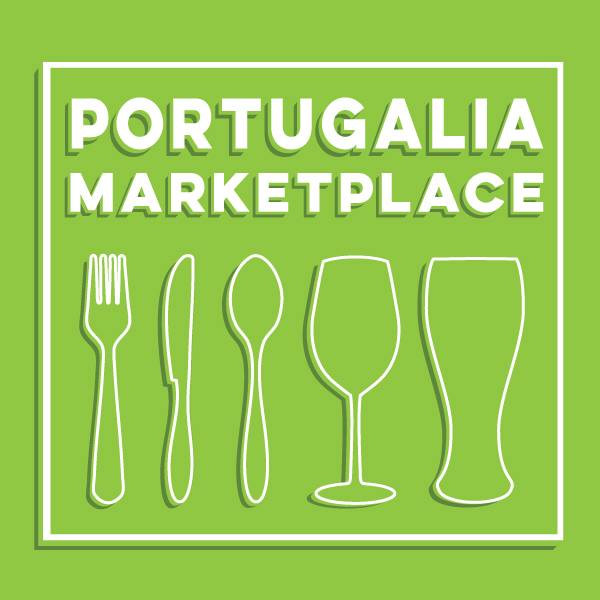 But this region has much more than seafood to offer. Dating back to the days of whaling ships carrying immigrants to its shores, most notably the Portuguese, their influence can still be found everywhere. Exploring both Fall River and New Bedford in particular, you can taste your way through the region from homemade Portuguese chouriço and linguiça to pastel de nata (a popular Portuguese custard tart) to traditional dining staples like shrimp Mozambique (shrimp cooked in a spicy garlic sauce), pork alentejana (pork with littlenecks and potatoes), and Portuguese-style steak with potatoes and a fried egg. For a more retail experience, spend some time at Portugalia Marketplace in Fall River. Located in an old textile mill, Portugalia Marketplace is a one-of-a-kind shopping experience for all things Portuguese from produce and specialty foods to wine and home goods.
But this region has much more than seafood to offer. Dating back to the days of whaling ships carrying immigrants to its shores, most notably the Portuguese, their influence can still be found everywhere. Exploring both Fall River and New Bedford in particular, you can taste your way through the region from homemade Portuguese chouriço and linguiça to pastel de nata (a popular Portuguese custard tart) to traditional dining staples like shrimp Mozambique (shrimp cooked in a spicy garlic sauce), pork alentejana (pork with littlenecks and potatoes), and Portuguese-style steak with potatoes and a fried egg. For a more retail experience, spend some time at Portugalia Marketplace in Fall River. Located in an old textile mill, Portugalia Marketplace is a one-of-a-kind shopping experience for all things Portuguese from produce and specialty foods to wine and home goods.
With its warmer climate and gentle breezes off Buzzard Bay, the South Coast also has one of the longest growing seasons in all of New England. Because of that, farmlands are plentiful here, growing some of the best produce you can find. Many of the farmers have lived and worked here for generations, like Four Town Farm in Seekonk and Blackbird Farm in Smithfield (Rhode Island).
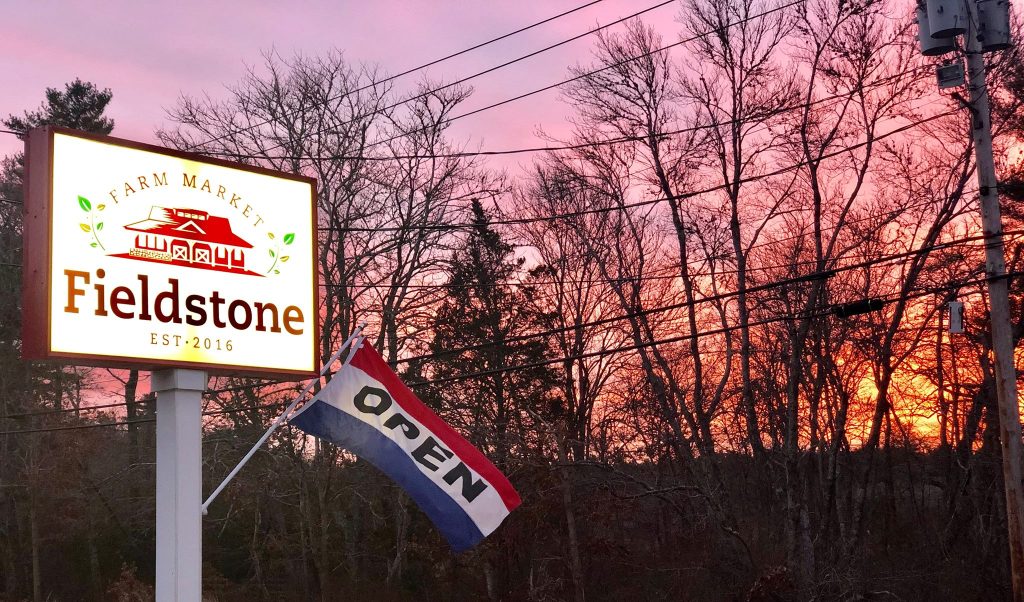 Arnie Johnson, owner of Fieldstone Farm Market in Marion, is another resident with farming in his family. Arnie started working at Cervelli Farm in Rochester, his uncle’s family farm, when he was just a young boy. After years studying, teaching, and working in the agriculture sector, he decided to open his own market in 2017. “Right from day one, we received great support from the community,” Arnie says. And for good reason. The market is a welcome addition to the area and offers everything from fresh fruit and produce to dry goods, prepared foods, milk, and eggs, and is a great place to easily grab a lot of things at once. Many of the items are made in-house, from scratch, including a nice selection of baked goods.
Arnie Johnson, owner of Fieldstone Farm Market in Marion, is another resident with farming in his family. Arnie started working at Cervelli Farm in Rochester, his uncle’s family farm, when he was just a young boy. After years studying, teaching, and working in the agriculture sector, he decided to open his own market in 2017. “Right from day one, we received great support from the community,” Arnie says. And for good reason. The market is a welcome addition to the area and offers everything from fresh fruit and produce to dry goods, prepared foods, milk, and eggs, and is a great place to easily grab a lot of things at once. Many of the items are made in-house, from scratch, including a nice selection of baked goods.
When figuring out what to source and include in the market, Arnie says, “What I try to do is start local, then go regional, and then go out from there. I try to buy as much local as I can as long as the quality is there.” Arnie’s success also can be attributed to his knowledge of the business from the bottom up, starting with his early days out in the fields picking corn. As his shop continues to grow and expand, he has woven himself solidly into the community, and people seem thrilled to have the market here.
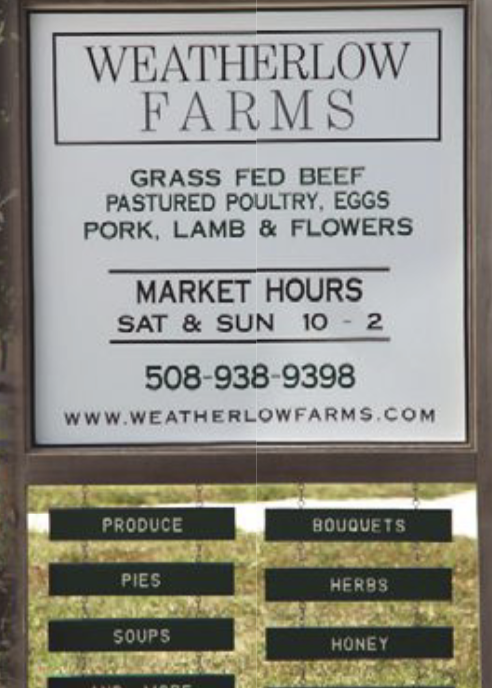 Another newcomer to the region is Weatherlow Farms in Westport. Owner Ryan Wagner purchased the historic dairy farm in 2014 with the intent of bringing humanely-raised, grass-fed meat to the community. Today the farm consists of cattle, poultry, and sheep, along with Weatherlow’s other passion: flowers. Food and florals are cared for using environmentally sustainable and socially-responsible practices that focus on the special relationship between soil, animal, and human health, according to Wagner. Weatherlow also hosts a handful of educational and social events, including lectures on agriculture and land stewardship, workshops, movie screenings, and field-to-barn dinners. Their on-site farm store features their meats and florals as well as a nice selection of prepared foods made by their in-house chef. It’s a great place to stop while driving around the scenic back roads of Westport.
Another newcomer to the region is Weatherlow Farms in Westport. Owner Ryan Wagner purchased the historic dairy farm in 2014 with the intent of bringing humanely-raised, grass-fed meat to the community. Today the farm consists of cattle, poultry, and sheep, along with Weatherlow’s other passion: flowers. Food and florals are cared for using environmentally sustainable and socially-responsible practices that focus on the special relationship between soil, animal, and human health, according to Wagner. Weatherlow also hosts a handful of educational and social events, including lectures on agriculture and land stewardship, workshops, movie screenings, and field-to-barn dinners. Their on-site farm store features their meats and florals as well as a nice selection of prepared foods made by their in-house chef. It’s a great place to stop while driving around the scenic back roads of Westport.
A lot has changed in the ten years since my cookbook was published, including living through a global pandemic. The food industry took an extremely hard hit during this time. Many businesses were forced to close, including several long-standing family restaurants. The pandemic challenged this industry in particular and forced everyone in it to reexamine their business and adjust and/or sidestep to make it through. But post-pandemic, much is still thriving and the region continues to grow. The idea of local isn’t as unusual anymore, it’s almost expected. But I think that’s just made us all a bit more aware of where our food comes from, and that’s a good thing. I firmly believe in shopping and eating local as much as possible and—now more than ever—supporting those businesses to help keep them thriving.

The South Coast is a region steeped in tradition, with a notable small-town vibe to each of the communities you find here, even in the city neighborhoods. And that seems to be on purpose and just the way people seem to like it. While change is always welcome, tradition remains an important undercurrent to it all. It’s a great region with lots of local businesses to support and it continues to be a special place for anyone who loves food. Nothing can be more rewarding than coming home with an armful of ingredients from your favorite markets and farms and creating something delicious in the kitchen. Some of the original recipes in the cookbook are still my favorites, especially lemony kale hummus, classic shrimp bisque, Brussels sprouts salad with apples, campfire brownies, and creamy coffee milk pudding. I hope the cookbook will not only inspire you to cook some of the recipes but also to explore the region for all that it has to offer.
Karen J. Covey is the author of The Coastal Table: Recipes Inspired by the Farmlands and Seaside of Southern New England. To receive 30% discount off any order of The Coastal Table, visit rowman.com and use code: GPFANDF30.
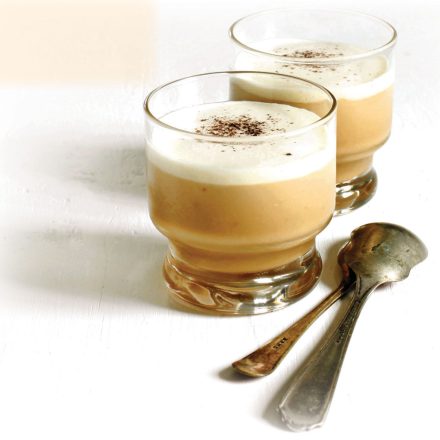
Creamy Coffee Milk Pudding
Ingredients
- ¼ cup sugar
- 2 tablespoons cornstarch
- ¼ teaspoon kosher salt
- 1 cup milk
- 1 cup heavy cream
- ½ cup coffee syrup (see Cook’s Note)
- 1 teaspoon vanilla extract
- 6 ounces white chocolate chips
- 1 tablespoons unsalted butter
- Fresh whipped cream, for garnish, optional
- Finely grated coffee beans, for garnish, optional
Instructions
- Gather 6 short serving dishes (or glasses) and set aside.
- Whisk together sugar, cornstarch, and salt in a medium saucepan.
- In a medium bowl, combine milk, heavy cream, coffee syrup, and vanilla. Whisk into dry mixture until combined.
- Place saucepan over medium-high heat. Cook, whisking continuously, until mixture has thickened, about 15 minutes. If mixture starts to boil, lower heat to medium while it cooks.
- When thickened, add white chocolate and whisk until completely melted. Remove from heat and stir in butter until melted.
- Ladle pudding into serving dishes (or glasses) and cover tightly with plastic wrap, placing it directly on surface of pudding to prevent a skin from forming.
- Refrigerate until set, at least 2 hours. Serve cold with whipped cream and a dusting of ground coffee beans (if using).

